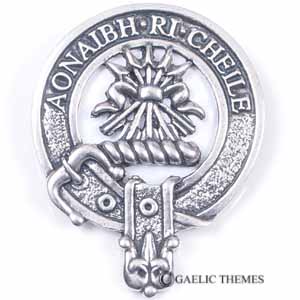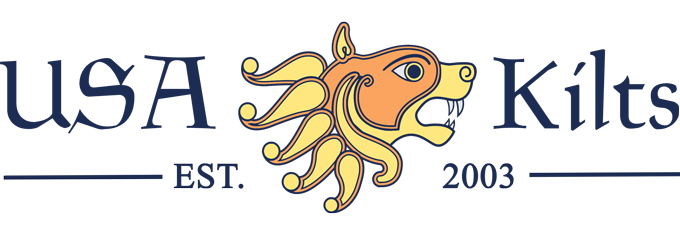Cameron
Select
- Design: Standard
- Clan Motto: Aonaibh ri cheile (Unite)
- Notes:
Crest: A sheaf of five arrows points upwards Proper tied with a band Gules.
Many theories surround the name of Cameron. One likely explanation is that the first Chief, Donald Dubh, was descended from the medieval family of Cameron of Ballegarno in Fife.
Donald, thought to have been born around 1400, was the first to unify a number of tribes after marrying an heiress to the Macmartins of Letterfinley. Though de facto clan chiefs, he and his descendants simply called themselves “captains” of the confederated clan.
The Camerons had a long-running feud with the Mackintoshes which began under the twelfth chief, Alan Macdonald Dugh. In the early 16th century, Allan’s son Ewan Macallan was granted a charter to form a barony from the various clan lands around Lochiel thus solidifying the Clan.
The church at Cilachoireil, Roy Bridge, is one of the last sites of six chapels erected by Ewan Macallan in remembrance of his eldest son who died young. Ewan is also known for his revolt supporting the heir to the Lordship of the Isles. It failed and Ewan was executed. As a result, the great war hero Taillear Dubh na Tuaighe (Black Tailor of the Axe) took charge of the clan while the sixteenth chief was still in his minority. Clan Cameron today includes many of his descendants, bearing the name of Taylor.
The Clan was always involved with Scottish freedom. Sir Edwin, born in 1629, was chief during the Civil War and fought against the Parliamentarian forces. He was knighted by the Duke of York in 1682. In 1689 he fought alongside Dundee at the Battle of Killiecrankie in support of King James VII. He is one of the most beloved of the Cameron chiefs.
Edwin’s grandson ‘Gentle Lochiel’ worked hard to improve the lives of the common clansmen and was a pivotal figure during the Forty-Five Uprising. A staunch Jacobite, Lochiel was one of the first and most influential chiefs to swear loyalty to Bonnie Prince Charlie. Cameron forces were a powerful part of the Jacobite army. Yet when the Uprising was crushed after Culloden, Lochiel felt betrayed by the prince and blamed himself forever after for trusting him. Understandable, since Cameron lands were forfeited, their houses burned and their cattle all shot or driven off. The stone gable of the old Chief’s house, destroyed by the English, still stands on the grounds of the present House of Achnacarry on the banks of the Arkaig.
Clan Cameron is naturally known also for the Cameron Highlanders, the famous regiment first raised by Alan Cameron of Erracht in 1793. Various forms of the Regiment have served in most British conflicts since including the Napoleonic Wars, the Crimea, World War I and World War II.
